Pumpkin Leaves For Dinner? Yes, Please!
As an Amazon Associate and member of other affiliate programs, I earn from qualifying purchases.
Something that always surprises me about gardening is how many parts of plants are actually edible, but we never really think about eating them. Today, I’m going to share my experience eating pumpkin leaves and show you how to prepare pumpkin leaves for soup, salad, and sauteed recipes.
Are squash and pumpkin leaves edible?
There are many edible parts of common vegetable plants besides the fruit. For some veggies, like tomatoes, we know that the leaves are toxic but the leaves and flowers of squash and pumpkin plants are edible.
Even though we grow some plants like lettuce and kale just for their leaves, it had not ever occurred to me to try eating pumpkin leaves.
What do pumpkin leaves look like?
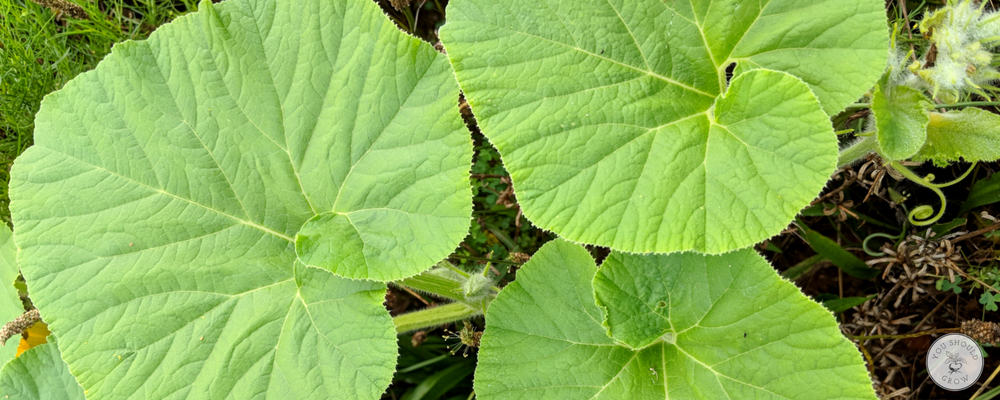
Pumpkins have flat broad leaves. The larger the pumpkin variety the larger the leaf gets. Younger leaves are smaller and more tender. Those are the ones you’ll want to harvest for your meal.
The leaves on a pumpkin plant are not naturally appealing because pumpkin leaves, like other squash plants, are very spiny. The little spikes on the leaves and stems can give you a painful poke and make your skin super itchy.
Because of this, pumpkin plant leaves must be prepped by removing the spikey coating before you can eat them. It’s a bit of a tedious process to get rid of that unpleasant part, but more on that in a minute.
Nutritional benefits
Like many other leafy green veggies, pumpkin greens are very nutritious. Health benefits of pumpkin leaves come from their high vitamin and mineral content.
They are full of vitamins A, E, B, and K plus folate, calcium, iron and other minerals. They also provide a lot of protein for a veggie, are low in sodium, cholesterol free, and high in fiber to help with digestion.
Being high in antioxidants like beta-carotene, they are beneficial for healthy skin, bones, and your immune system. Some even blend pumpkin leaves with coconut oil to treat skin conditions.
Is it good to eat a pumpkin leaf raw? They can be eaten raw, but still need to be prepped first. Pumpkin plants grow little spines on their stems and leaves, and the older the leaf the larger and more pokey the spines will be.
Harvesting pumpkin leaves for eating
When harvesting leaves from your pumpkin plants, choose the smallest leaves on the youngest part of the vine and make sure to leave every other one so the plant can continue to grow. Do not cut off the growing tip of the pumpkin plant vine.
Like other veggies, the older they get the more fibrous and bitter they get, so always pick the youngest leaves for cooking. You’ll be able to tell the younger leaves because they are smaller and located at the tip of the vine.
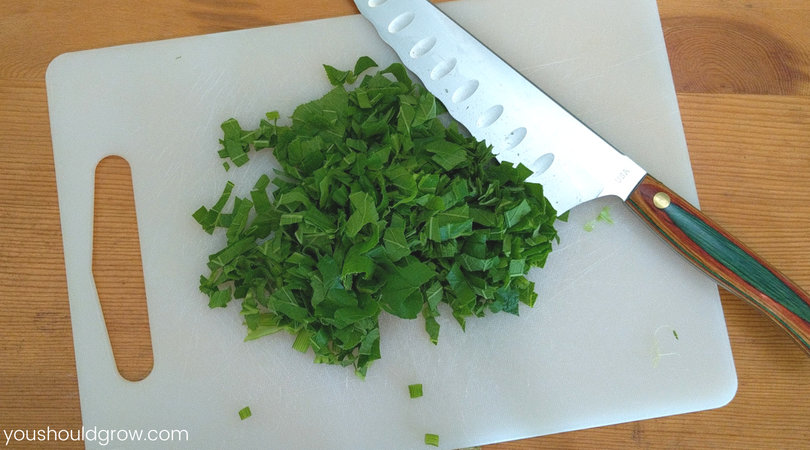
How are pumpkin leaves used for cooking?
In some parts of the world, like Africa and India, it is not unusual to harvest pumpkin leaves for cooking. In Nigeria, pumpkin leaves are called Ugu, and they are very commonly used in soups and main dishes. They are used similarly in Indian cuisine.
When cooked and prepared properly, pumpkin vine leaves are a smooth and creamy compliment to coconut based curries and peanut sauces.
How to prepare pumpkin leaves for cooking
Make sure to clean pumpkin leaves before you add them to your meal. The first thing to do is to rinse them or soak them in some water. You want to get rid of any dirt, debris, and sandy bits that would be unpleasant in your food. Next, you’ll want to address the spines that grow on pumpkin leaves.
How do you get rid of those spiny bits on the leaves? The spiny strands can be pulled off by pinching the cut tip and peeling. It takes quite a long time, but it’s not hard to do.
Fresh pumpkin leaves can be used in recipes immediately or freeze them for later. You can also dehydrate pumpkin leaves for future use. Store pumpkin leaves in sealed containers out of direct sunlight.
How to cook pumpkin leaves
Once your leaves are cleaned and prepped, you can chop and cook the leaves in any recipe that calls for green leafy vegetables. The taste of pumpkin leaves makes them great in soups, stews, and sautees. They can be substituted for collard greens or turnip greens in any recipe.
You can also eat raw pumpkin leaves in salads. For fresh eating, choose only the smallest, youngest leaves on the plant as they’ll be the most tender pumpkin leaves. I didn’t use a recipe to cook my pumpkin leaves. I just wanted to get a feel for how they tasted first. So I decided to chop up them up and sautee them in olive oil with tomatoes and garlic.
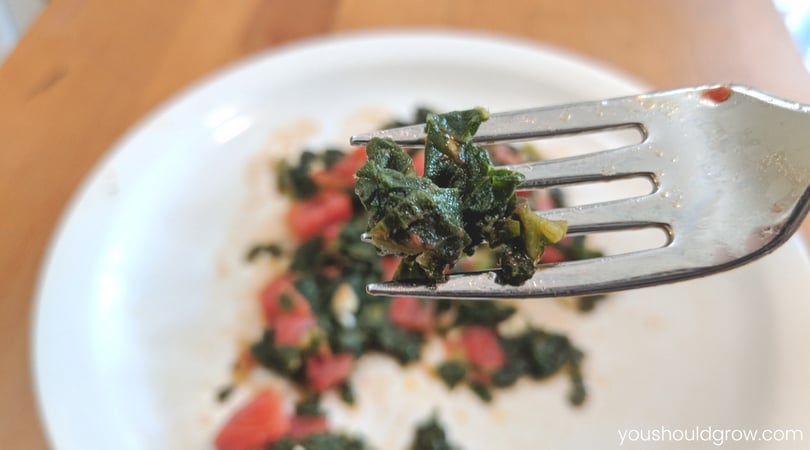
Cooked pumpkin leaves taste like turnip greens to me but softer in texture. They have a smooth pleasant mouthfeel despite starting out with tiny thorns. I would eat pumpkin leaves again for the flavor, but the work of preparing them makes it not appealing to try again. It was quite time-consuming to prepare them. If you want to skip that step, you can purchase dried pumpkin leaves on Amazon.
What do you think?
Will you try eating pumpkin leaves?
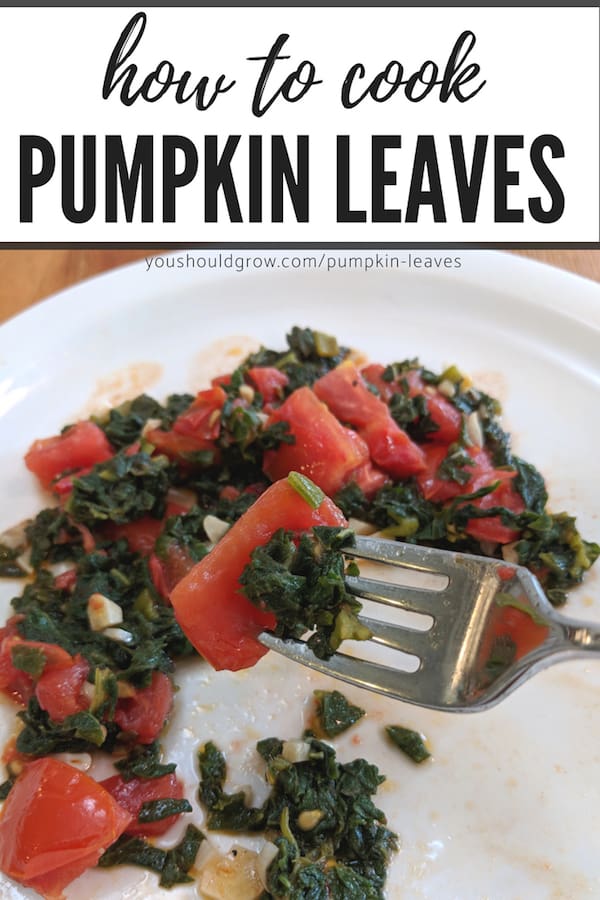


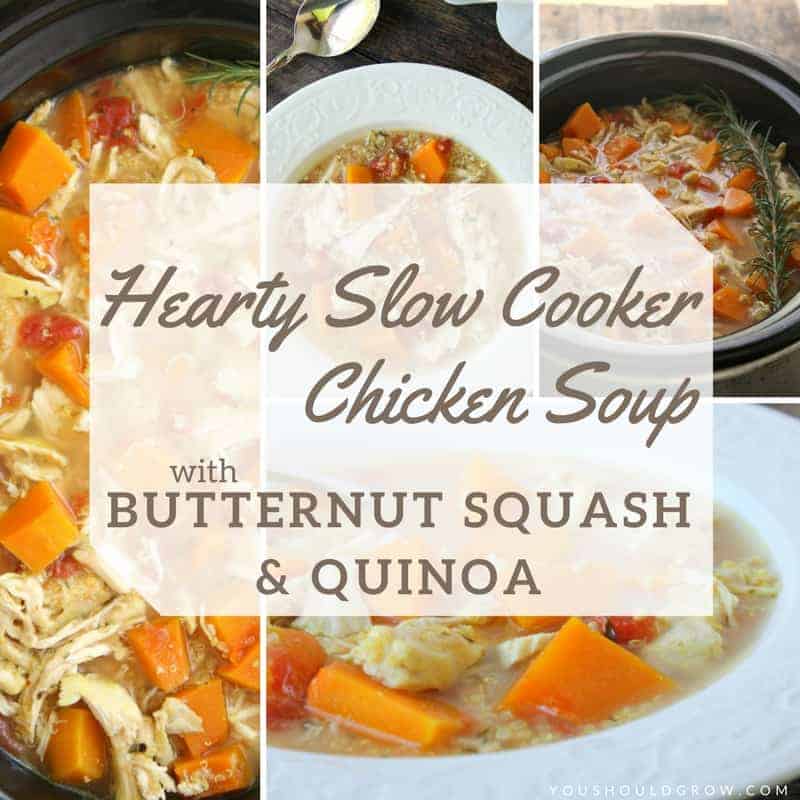
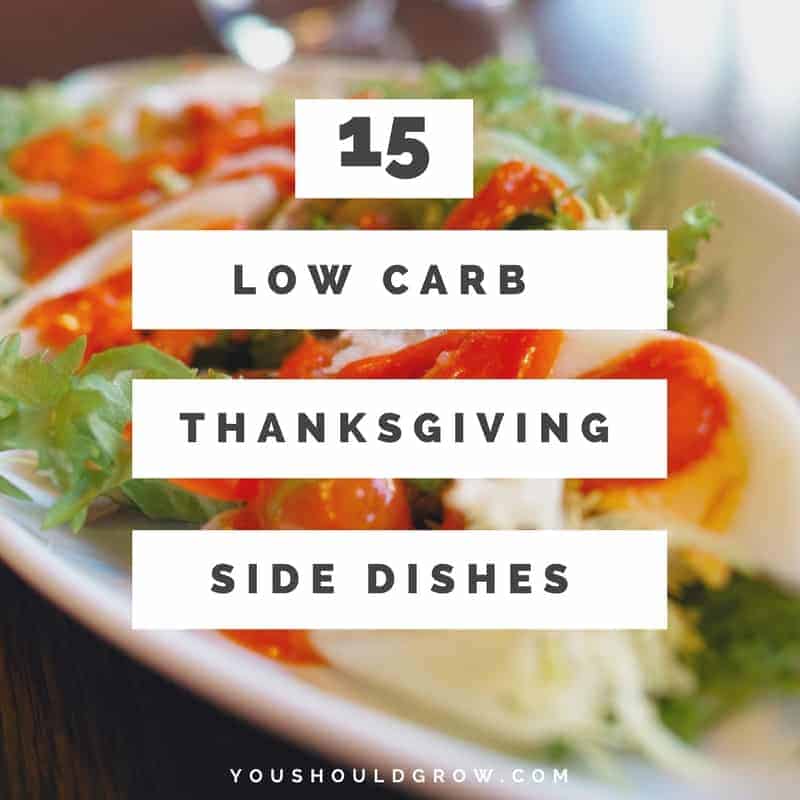
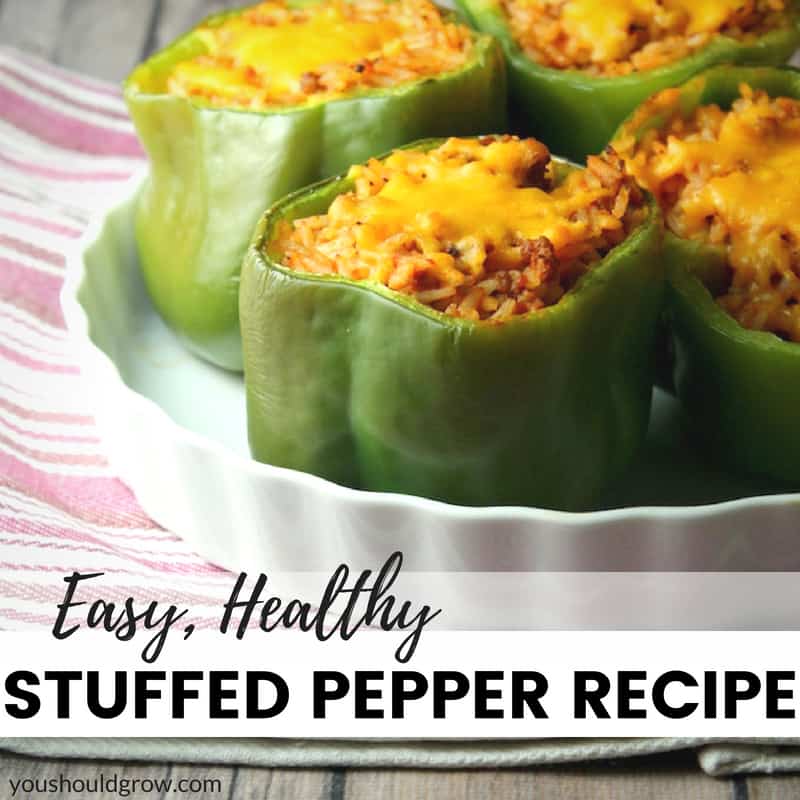
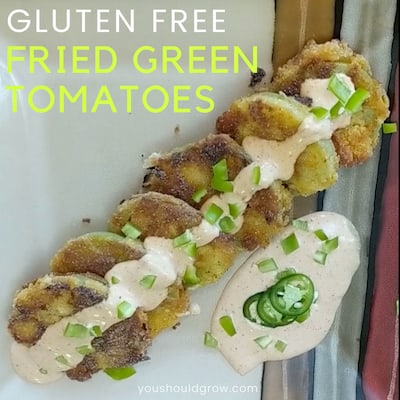
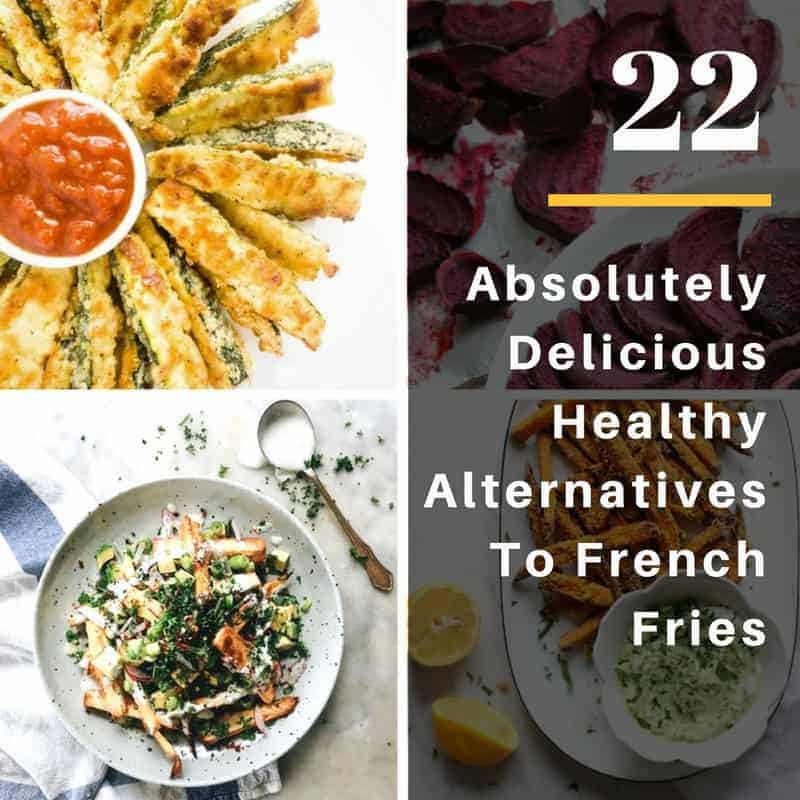

Excellent web site, so useful and very informative
Thanks so much, Linda!
Thanks for the information. With lock down I have been looking at my vegie garden differently. Trying to get more use out of what is there. I will try this once my pumpkin vines get a bit bigger.
I have also learnt that, despite being part of the nightshade family, tomato leaves are edible.
Hello, I tried to look for dried pumpkin leaves on Amazon and could not find them. Please give me any more Information if you are able to. Got very excited when I saw you mention hi in your write up of pumpkin. Thank you
Lovely
Sent from
I love eating pumpkin leaves and grew up doing so, so I’m glad to see other people jumping on that knowledge. Just want to point out that there hundreds of languages and cultural groups in Africa, so there will be many words for pumpkin leaves besides ugu. It’s not a monoculture and it’s important for people to understand that. Please don’t take this as a criticism, just as an insight I would like to share.
The pumpkin leaves can be just chopped and cooked. No need to prepare them by removing “the spiny strands” as you put. It becomes really nice after cooking. Just saute in a pan for a minute and they are good already.
I’m so glad for the lecture I have a lot of pumpkin and I never knew the leafs are edible
Lovely
Sent from
What an interesting site! I have my little sprouted plants ready to go. You might be interested in how l grew my pumpkins a couple of years ago. We have moved since but l want to grow them again.
What l did was to plant the seedlings along the edge of my lawn as l was short on space.
I didn’t realise how vigorous the plants are. They set off across the lawn bearing little pumpkins and lovely flowers which are also edible.
The lawn grass stopped the fruit becoming discoloured and they were a real talking point with friends and neighbours! We had to mow the grass carefully around the pumpkins and l did cut some grass from around them with scissors!
All in all it was fun and kids would love to do this too. I thought the lawn was much more interesting with my pumpkin triffids marching across it! 👍😁
Very cool! Never thought about using them this way. I actually read recently that tomato leaf toxicity is a myth, they ars edible too! Happy Gardening!